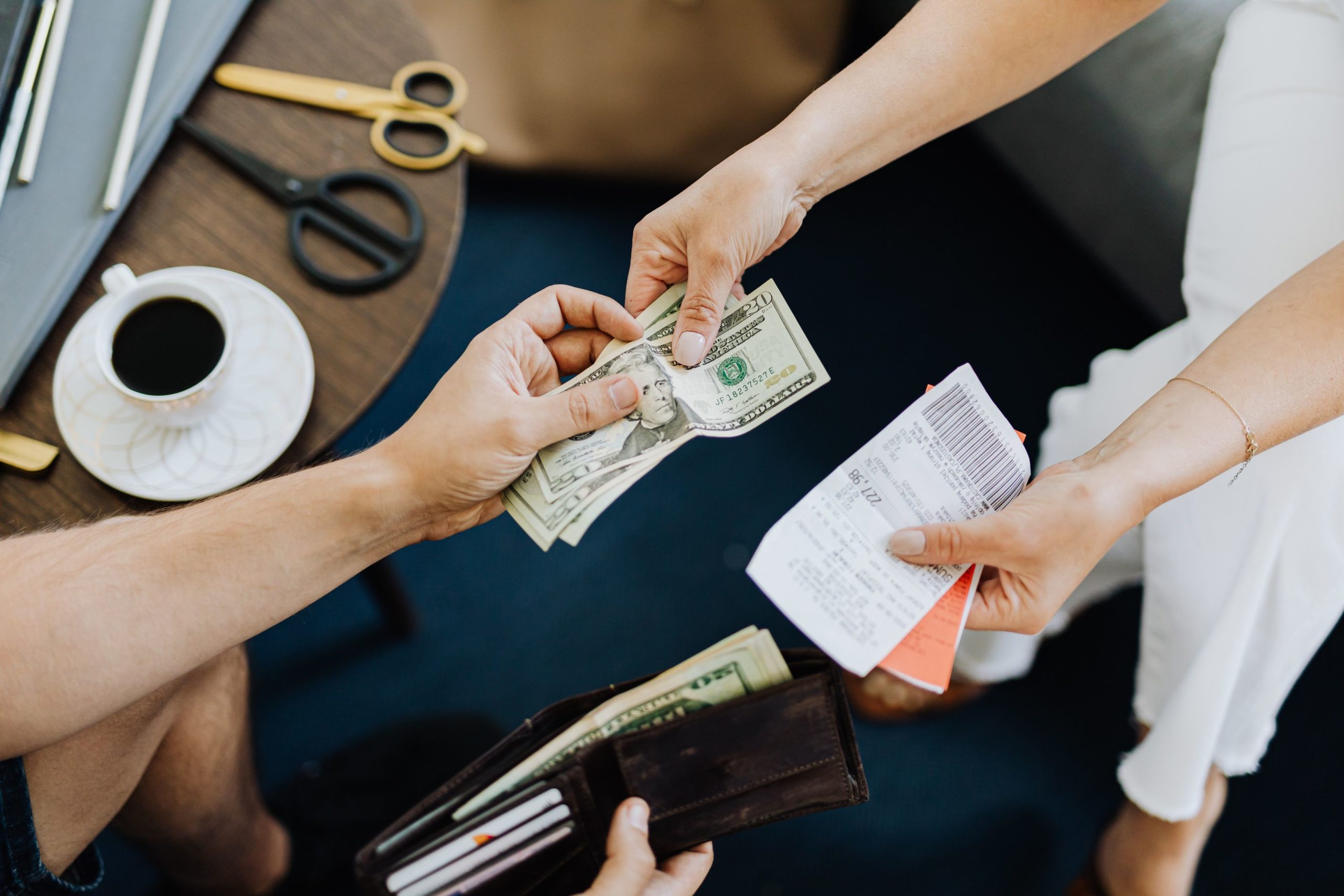Debt is money owed by one party to another that must be repaid-with or without interest.
We usually borrow money to fulfill our short-term and long-term expense needs that we cannot meet through savings. With the advancement in technology, vendors have introduced many payment platforms such as buy-now-pay-later to consumers. But consumers are easily trapped in a big debt pile with the emergence of the buy-now-pay-later payment financing system. This payment financing system makes it easier for people to buy things they could not afford, resulting in a debt trap. It is literary purchase things with money you do not have. These loans usually have a high of about 25-30% interest if not paid within a given time frame.
There are Four Types of Debt.
Secure Debt
Secured debt is any debt backed by an asset to help mitigate the risk associated with it. An asset is used for collateral purposes to allow the lender to cover the debt if the receiver cannot meet their loans obligations. A typical example of a secured debt is a car loan, in which you do receive the cash to buy a car. However, the lender claims ownership of the vehicle until paid off. If you fail to make payments, the lender can take the car. Another similar example is when you purchase a home, the bank will lend you money to buy your house but use the house as collateral. If you fail to make payments for the house, the bank will repossess your home to recover their money.
Unsecured Debt
Unsecured debt is a loan that is not backed by collateral or an asset to secure. The lender relies upon the borrower’s loyalty and promises to pay the loan payback in good faith per the contract. The only thing holding the borrower accountable to pay back the loan amount is a legal contract. Once the duration of the legal contract runs out and the borrower does not pay back the loan, the lender can try to reclaim the money in court. Some examples of this kind of debt include signature loans, medical bills, or gym membership contracts.
Revolving Debt
In the revolving debt, an agreement is made between the lender and the receiver. The receiver can take a maximum amount up to the limit regularly from the lender to finance their needs. A good example of revolving debt is credit card usage, personal line of credit, or home equity line of credit. The lender allows the receiver to borrow up to the limit and spend as much money as possible. The revolving nature speaks to the negative side of credit card usage, making it a repetitive cycle of debt that you cannot escape. It’s considered bad debt because it drains your pocket.
Mortgage debt
The typical debt carried by many is a mortgage loan. It’s the kind of loan that helps you purchase a home or real estate property, where the real estate property serves as collateral of the loan. This type of debt has the lowest interest rate and offers the borrower 15-30 years. It is considered good debt because it allows you to build wealth over time or equity in your home, which you can borrow to start a business or invest in other profitable ventures.

